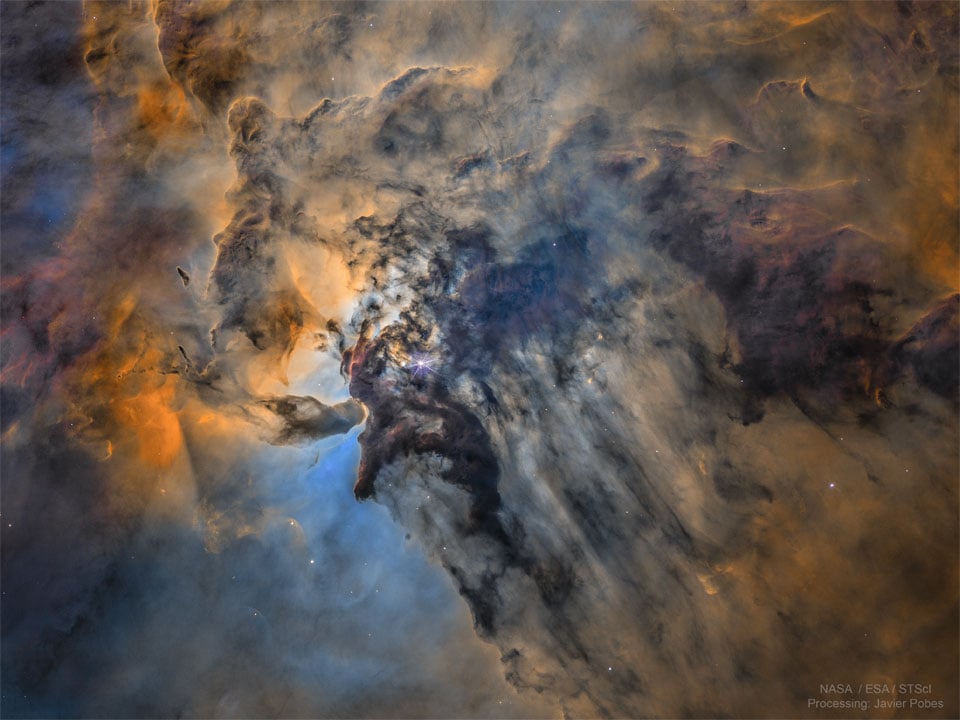Honestly, our moon.
I firmly believe that our moon gives us the solar system in short order.
Fuel in the form of Helium-3 (if we can figure that out). Plenty of building material. Much lower gravity well that will allow larger payloads into it's orbit and larger ships to be constructed. As well as that lower gravity well meaning better fuel efficiency in launching just about any trajectory to anywhere else in the solar system.
Once we have the Moon, we're 90% of the way to a solar system spanning species. Mars is cool, but not useful in any real sense other than bragging rights.

